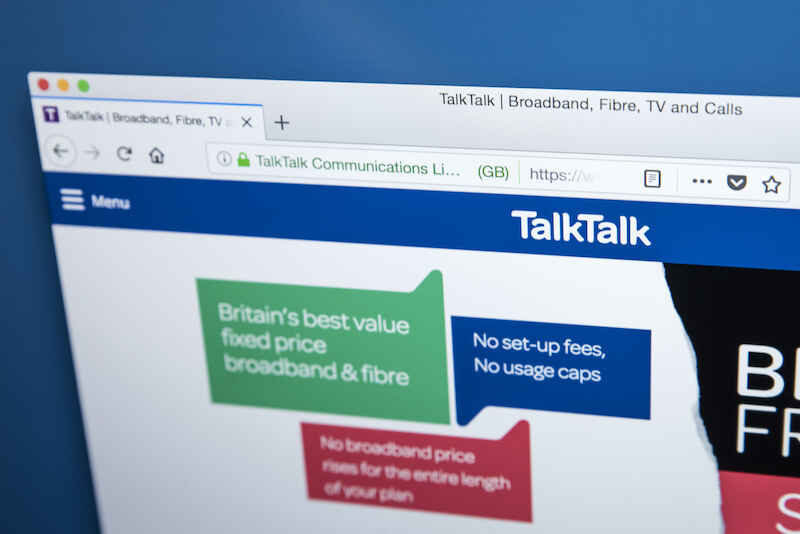Everything you ever needed to know about SIM cards

Share this guide:
Last updated: 12 January 2022
What is a SIM card?
A SIM card is a small plastic chip that slides into a slot inside mobile devices, conveniently known as a SIM card slot, or SIM card tray. ‘SIM’ is actually an acronym that stands for ‘Subscriber Identity Module’.
Your SIM card is what your mobile phone network uses to verify the unique identity of your device, allowing you to send and receive calls over the network. Every modern smartphone on the market today requires a SIM card in order to fully function.
Why do I need a SIM card?
GSM technology allows you to have private conversations by encrypting the voice data on either end of the line before it gets transmitted. Your SIM card contains the ‘key’ that allows the encrypted data to be decrypted by your device. In short, SIM cards make sure that the data being sent over the airwaves only reaches the intended recipient, and no one else.
What is stored on a SIM card?
SIM cards don’t have a lot of memory on them, but they store all the relevant information required to connect securely to a mobile network operator. One such piece of information is the IMSI (International Mobile Subscriber Identity) number. This is used to direct someone calling your number to your unique device.
Your SIM also contains your MSISDN (Mobile Subscriber Integrated Services Digital Network Number), which is essentially just your phone number.
SIM cards can also store other information, such as the names and numbers of your contacts, messages, and even your data usage and billing information. This is particularly useful as it allows you to switch phones without losing all your data. All you need to do is take the SIM out of your device, and slide it into another compatible device. Admittedly, this feature was much more useful in the past before cloud-based services became commonplace.
Finally, your SIM card will also carry a PIN (Personal Identification Number) which can be used to protect yourself in the event that your device is stolen.
Why are there different sizes of SIM cards?
In the early days of mobile phones, the original full-size SIM was a reasonable size for the devices that were being manufactured. However, as the technology developed and phones started to get smaller in size, the full-size SIM became too large for newer phones, so smaller SIM cards were introduced.
The first change came about with the introduction of the Standard SIM. These cards were the same size as a full-size SIM, but had a smaller section within them that could be ‘snapped out’ to fit inside newer devices.
Standard SIMs were in use up until the advent of the smartphone, which required an even smaller size of SIM. This is when the Micro SIM card standard started being adopted. This standard had actually been developed in 2003, but it wasn’t until 2010 that it came into use.
The Micro SIM was not that much smaller than the Standard SIM card, and most of what was removed was just the plastic that surrounded the actual chip. This allowed many Standard SIMs to be cut down to fit the new Micro SIM size whilst still being fully functional.
Eventually, an even smaller size of SIM card was needed, and thus the Nano SIM card came into use in 2012. Nano SIM cards essentially removed all of the excess plastic around the metal chip so that the card could be as small as possible.
What size SIM card does my device need?
Depending on whether you've got an iPhone or an Android device, and if you've got an older model or a newer one, the size of SIM card you need may change.
A quick Google search will usually help you find out what SIM card size your particular device requires. Most devices these days use either a Micro or Nano SIM, but you can use these smaller-sized SIM cards inside larger slots with an adaptor.
The majority of mobile network providers supply ‘triple’ SIM cards, which include all three sizes of card. This way you can select the size that is required for your device.
If you're not sure what type of SIM card your device needs, check out our guide on how to tell your SIM card type.
Can I use my SIM in multiple devices?
Generally speaking, yes. But this really does depend on your mobile network and the type of device you’re putting your SIM into. SIM cards tend to work in any mobile phone they are put into, as long as it's an unlocked phone, but if you put a SIM into a tablet or other kind of device they may not function fully.
For example, if you put a SIM into a tablet device such as an iPad, you may be able to connect to the internet on your device but you won’t be able to receive text messages.
Sim-only deals
If you’re looking for a SIM-only deal then don’t forget to use our price comparison tool to compare options so that you can find the very best deal for your needs.
All you have to do is select a few parameters, and our search engine will scour the different deals on offer from the best providers so you can see them all in one place. It’s quick and easy, and won’t cost you a penny.
We are an independent and impartial price comparison website.
Our services are 100% free to use.
usave.co.uk is supported by its users. When you make a purchase through links on our site, we may earn an affiliate commission.
Don't miss these
-
Porting Your Mobile to a New NetworkNetworks
-
Read on our blog

With the government poised to implement tough new measures to...

Budget broadband provider TalkTalk has been notifying customers via email...

A year-long investigation by charity Citizens Advice has revealed a...

Education Secretary Nadhim Zahawi has announced a new commitment to...
